A pipeline is often used to transport goods such as oil or gas to a refinery, where they are refined into new products that are ultimately purchased by a customer. Within an AI pipeline, instead of physical goods, data is transported, refined and neural networks are trained on the basis of this data. In this way, new digital products are created on the basis of the raw material data. As with oil, for example, there are no limits to the creativity and inventiveness of what new products can be created from the raw material, in our case data. Thus, an AI pipeline significantly reduces the effort to create new digital products from the raw material data. The No-Code AI Pipeline developed in the Tech-Office Munich at BMW gives creative minds the necessary modules to design without having to create the otherwise necessary foundations because the necessary software has already been published as open source by BMW.
Motivation and advantages of the No-Code AI pipeline
The advantage of the No-code AI Pipeline developed by BMW, which was published as open source software, is that it provides a simple and cost-effective introduction to the processing of images using neural networks, that the user’s own data does not have to leave the private computer or the company, and that the user can get started directly. The data sovereignty remains in the hands of the user and it is not necessary to fall back on the tools and services of the large cloud providers. Also, no complex prior knowledge of neural network design and architecture is required when using the No-Code AI pipeline developed by BMW. The tutorial published on my blog here guides them step by step from installing the No-Code AI Pipeline to operating and using these tools.
The article AI PIPELINE – GENERAL REQUIREMENTS goes into detail about the hardware. The No-Code AI Pipeline runs in principle also on older hardware without e.g. a powerful NVIDIA GPU purely on the CPU of the existing computer. If the AI Pipeline is used more intensively, however, it is worth investing in hardware to significantly accelerate the training of the neural networks with a powerful GPU from NVIDIA. But for the start to get in touch with AI and image recognition a standard PC or laptop with about 25 GB free hard disk space is sufficient for the installation of the tools of the No-Code AI Pipeline.
The motivation for the use of this AI pipeline in a company is certainly the open source idea that underlies these tools and that many employees can use this tool simultaneously via the internal network in their Internet browser without generating additional costs, e.g. for licenses. No further special hardware is required for the individual user, since the powerful computer is shared by all users over the network. Also, no paid access to one of the large cloud providers and their services is required. The overview of the costs and their planning is transparent and, above all, the data sovereignty remains in the hands of the user or the company that uses the No-Code AI pipeline.
Scaling
The no-code AI pipeline presented here is also scalable on a larger scale with manageable investments in hardware. For example, I personally organized an AI Challenge at BMW in 2021, where about 435 active participants worldwide accessed an installation of this AI pipeline and were able to gain their first experience in the field of artificial intelligence. The computer used for this had two NVIDIA Quadro 8000 graphics cards installed, a Threadripper AMD CPU with 48 cores and 256 GB of RAM. The hard drives were classic NVMe drives with 2 TB capacity each. The total system had cost about 12,000 € in the purchase 2021 and was supplied by a professional and well-known manufacturer for high-performance PC systems.
Target group of the No-Code AI Pipeline
The target group of the No-Code AI Pipeline and therefore also the target group of this series of articles are people who are interested in the topic of AI, students who would like to use their gaming PC for other purposes, students who would like to get to know the topic of AI and, of course, smaller companies who are looking for an easy access to the topic of AI.
This series of articles is therefore suitable for all those who are not looking for a theoretical introduction to the topic of AI, but who would like to approach the topic of image recognition with neural networks, i.e. artificial intelligence, in a practical way. The theory that might be necessary to get deeper into the topic of AI will be easier to understand in a second step if a setup is already working and has been tested by yourself. This way you can easily gain practical experience e.g. around the topic of hyperparameter tuning when training neural networks. Hyperparameter tuning is the process of optimally adjusting the configuration of the neural network during training. This is an ongoing process that also takes into account the quality of the input data and is therefore complex in its operation and certainly also reflects the experience of the expert in his respective professional environment. How well the neural networks trained with individually adapted hyperparameters can recognize images compared to neural networks trained with other parameters can be determined in order to find out the best training parameters for one’s own purpose.
Architecture of the No-Code AI Pipeline
The AI pipeline basically consists of three core solutions:
- the Labeltool Lite
- the Training Suite
- the AI Pipeline Image App
For ease of use of these solutions, the AI Pipeline Image App, a small web application written by a PhD student at BMW, was written that I was also allowed to publish and have now put online on my private GitHub account.
So this opne source no-code AI Pipeline with a focus on image recognition builds itself from the three modules I mentioned. With the AI Pipeline you have a tool in your hands to e.g. recognize electronic components on boards to automatically determine their price or you develop a solution to check sequences of components in production in the sense of an early quality assurance. There are no limits to the variety of ideas AI can support. Now you can just get started, gain experience and evaluate how useful an AI solution is for your business problem.
The following figure shows how the three tools interact with each other and how the AI pipeline process works for image recognition using neural networks.
Examples of use
The No-Code AI pipeline presented here is very well suited for tasks around image recognition. In the following I would like to give a few examples or ideas in which areas such a system could be used.
Example 1: Quality assurance in manufacturing
In production processes it makes sense to rely on a continuous automated and consistent quality assurance. For example, a neural network can check whether delivered components have been delivered by the supplier in the specified sequence in order to prevent errors in the subsequent production process at an early stage. For the implementation of such an inspection process the No-Code AI Pipeline offers the necessary basis and also an API interface for the connection to further applications that process the data of the AI Pipeline.
Example 2: Counting parts by type and printing price labels
In many hardware stores you can now see systems for recognizing products such as copper fittings for plumbing activities. The customer places the parts under a camera system and the connected printer prints the price label. The customer no longer has to remember part numbers such as T345 to print the price label himself. In this case, a neural network does the job for us and recognizes the product and the number to then print the price tag.
Example 3: Anonymize pictures and videos
This is certainly a special requirement, but it is technically very interesting and can be implemented with the AI pipeline. For example, it is possible to anonymize certain objects in a video according to their class, i.e. to make them unrecognizable. The neural network required for this is trained with the No-Code AI Pipeline and then applied to the video. The detected objects are made unrecognizable in the image by the neural network. The practical example follows here in the article AI Pipeline – Anonymization Api.
Of course, countless other applications are imaginable, such as detecting unexploded ordnance in war zones, detecting crops and unwanted plants in the industrialized agricultural industry, and many other applications. Of course, it must always be carefully considered for what exactly this AI technology, which will change a lot in the future, is used and that it hopefully always serves the benefit of mankind. Currently, I understand the topic of artificial intelligence as the discovery of electricity about 550 BC, by the Greek mathematician and philosopher Thales of Miletus. Mankind has made huge progress thanks to the use of electricity and the many possibilities such as the Internet were certainly not imaginable for all mankind at that time ca. 550 BC.
Article Overview - How to set up the AI pipeline:
AI Pipeline - Introduction of the tutorialAI Pipeline - An Overview
AI Pipeline - The Three Components
AI Pipeline - Hardware Basics
AI Pipeline - Hardware Example Configurations
AI Pipeline - Software Installation of the No-Code AI Pipeline
AI Pipeline - Labeltool Lite - Installation
AI Pipeline - Labeltool Lite - Preparation
AI Pipeline - Labeltool Lite - Handling
AI Pipeline - Tensorflow Object Detection Training-GUI - Installation
AI Pipeline - Tensorflow Object Detection Training GUI - Run
AI Pipeline - Tensorflow Object Detection Training GUI - Usage
AI Pipeline - Tensorflow Object Detection Training GUI - SWAGGER API testing the neural network
AI Pipeline - AI Pipeline Image App Setup and Operation Part 1-2
AI Pipeline - AI Pipeline Image App Setup and Operation Part 2-2
AI Pipeline - Training Data Download
AI Pipeline - Anonymization-Api
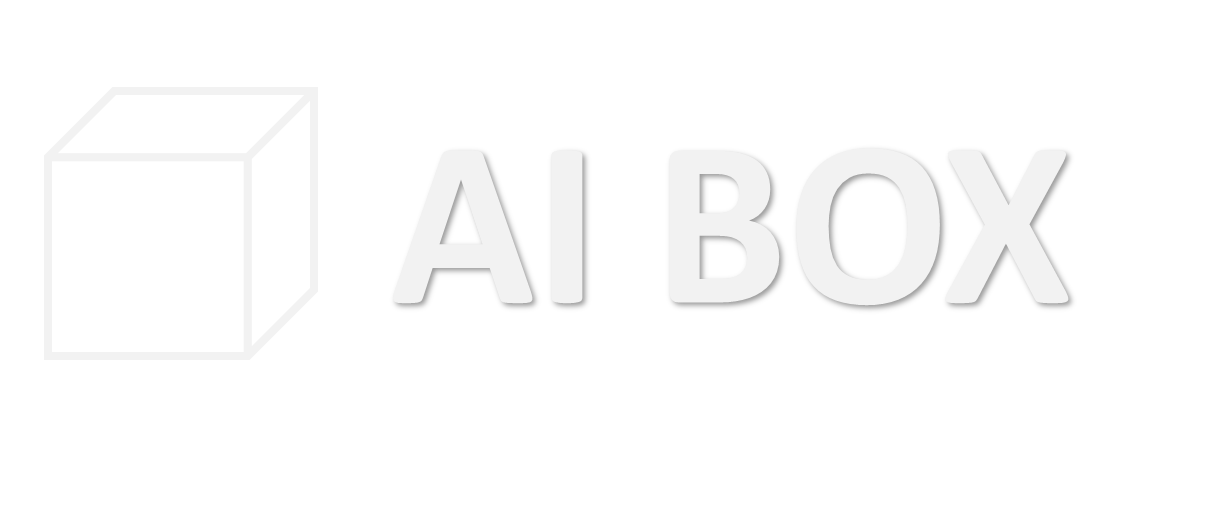



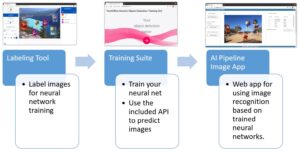
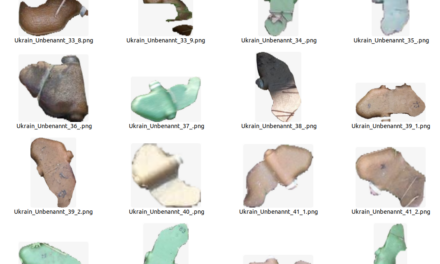

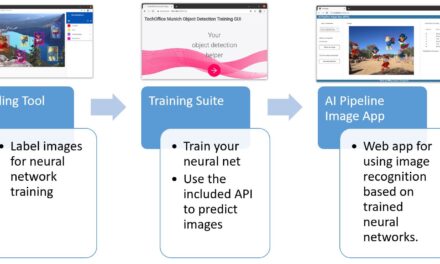
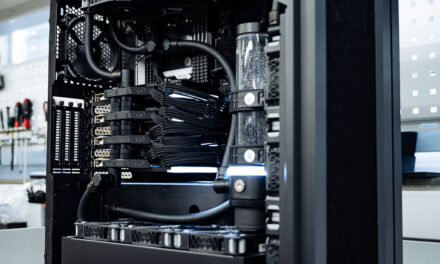
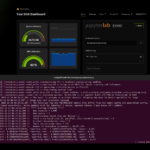
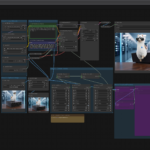
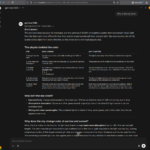
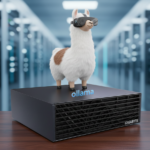
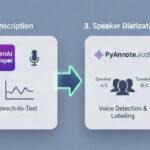
The tutorial offers a clear and practical guide for setting up and running the Tensorflow Object Detection Training Suite. Could…
This works using an very old laptop with old GPU >>> print(torch.cuda.is_available()) True >>> print(torch.version.cuda) 12.6 >>> print(torch.cuda.device_count()) 1 >>>…
Hello Valentin, I will not share anything related to my work on detecting mines or UXO's. Best regards, Maker
Hello, We are a group of students at ESILV working on a project that aim to prove the availability of…